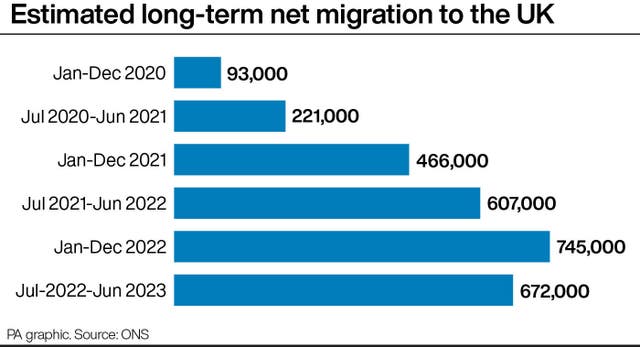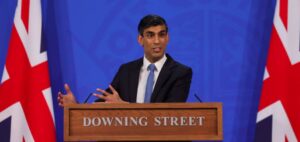In a decisive move, Home Secretary James Cleverly has declared “enough is enough,” unveiling a comprehensive plan to significantly reduce net migration in the UK.
the UK government has recently announced a significant overhaul of its immigration policies, signaling a transformative shift in how the country manages and controls migration.
This change comes amidst growing concerns over the impact of immigration on public services, the labor market, and national security. In response, the government has formulated a comprehensive plan to tighten immigration rules, aiming to balance the needs of the economy with public sentiment and national interests.
Central to this policy shift is a strategic five-point plan, designed to substantially reduce legal migration and address areas of public concern.
Mr Cleverly announced:
- A five-point plan to cut legal migration and a new target of 300,000 fewer migrants a year.
- Foreign care workers will no longer be able to bring their dependants to the UK.
- The minimum income for family visas has been raised to the new salary threshold of £38,700
- The shortage occupation list will be overhauled to end the 20% salary discount
- The graduate visa route – letting students stay for two years after their studies – is now under review
The new policy includes key measures such as reducing the number of migrants by 300,000 annually, imposing restrictions on foreign care workers, increasing minimum income requirements for family visas, revising the shortage occupation list, and reviewing the graduate visa route. Each of these points represents a targeted approach to reshape the UK’s immigration landscape.

The impact of these changes is far-reaching, affecting not only potential migrants but also businesses and educational institutions reliant on international talent.
Understanding these new policies is crucial for anyone looking to navigate the UK’s immigration system, whether for work, study, or family reunification.
Government’s Standpoint
These measures, as outlined by Mr. Cleverly, are designed to deliver the most substantial reduction in net migration in the UK’s history, aiming to reduce future numbers by around 300,000 compared to last year. The government’s approach seeks to balance the need for skilled workers with the public’s concerns over migration levels.



